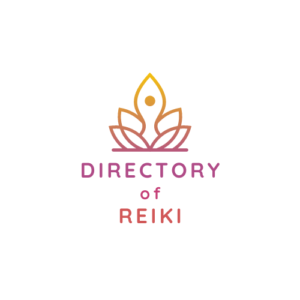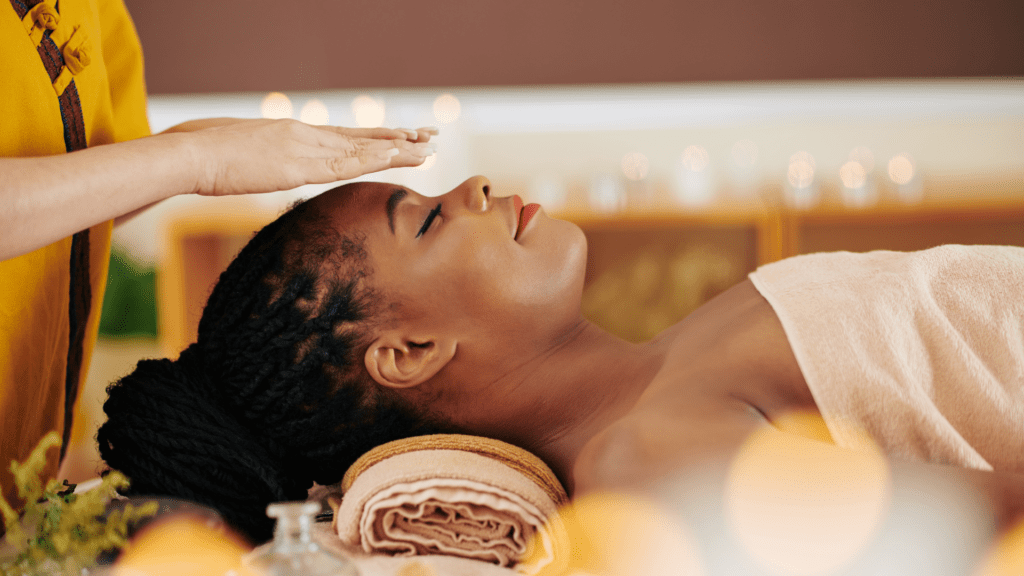
In the newest edition of MysitcMag interviews, Orion Mott, a renowned trauma specialist and medical intuitive, shares his journey from a spiritually enriched childhood to becoming a leader in brain healing and intuitive practices. With roots in Zen teachings and martial arts, Orion’s path is marked by profound experiences and innovative techniques that continue to transform lives today.
What were your professional beginnings like, and how did you get into this line of work?
The story of how I became a trauma specialist, medical intuitive, and brain healer goes back to my roots. My father was a Zen teacher and martial arts master, so I naturally grew up in a spiritually minded household. Our karate school in Toronto’s Chinatown was called Cold Mountain School of Martial Arts and Healing Arts. I spent much of my formative years training in Karate, Chi-Kung, and Zen meditation. Before the internet, the only way to truly learn something new was by attending workshops. Our school hosted many masters in Aikido, shamanism, Chinese medicine, Eskrima Kali, Chi-Kung, and Kung-fu. As the host’s son, I was privy to many conversations about focus, intent, and seeing the “big picture” behind the techniques. It was always evident that many of these people could perform almost magical feats in their workshops using intent.
During high school, many people would come to me with their heartaches and issues. I always took the time to help them through their problems. My mother would joke that I was always chatting with “wounded birds.” The confidence I gained through tournament fighting and the big-hearted sensitivity I developed through healing techniques laid the foundation for the healer I would eventually become. After studying Kinesiology, I became a personal trainer at Mayfair West, which at the time was one of the best gyms in Toronto. Here, I became known for both my training techniques and healing skills. Around 2005, I began experimenting with deep trance states, and that’s when my ability to perform medical intuitive readings began. Looking back, it was more of a psychic reading, but when pressed, I could give some specifics about body imbalances.
My professional circle was initially limited to training clients and family friends. In 2015, I decided to open my practice to the world by building a website and offering healing sessions at a local health studio. I had a strong sense of confidence that came from some of my experiences as a healer. In 2007, I successfully healed a client with a concussion, and around 2014, I helped a woman with a severe mental disorder rebalance her head through her heart. To this day, she considers herself free from mental illness. These two events sparked the development of the Heart Clearing technique and Energy Neuroplasticity. Over the years, these two techniques have been refined into the methods I use today.
What does it mean to be a medical intuitive, and can you walk me through one of your medical intuitive readings?
In Canada, we call this technique “medical intuitive,” but in the United States, it is also called “Medical Mediumship.” Since mediumship also relates to connecting with loved ones who have passed on, the term “intuitive” is more specific.
A typical medical intuitive session begins with a bit of small talk with the client, either in person or online. I then bring myself into a light or deep trance channeling state, depending on the client’s needs. From there, I quietly repeat the client’s first name to connect with them. I start with the root chakra, which relates to personal tribal issues such as gender, culture, money, and self-worth. From here, I go through each organ one by one, providing a detailed description of what I find and how it relates to certain compartmentalized emotions. As the reading continues, I move on to the second chakra and work with the organs associated with this area. I point out areas of imbalance and challenges, but I do not diagnose anything. After each area of the body is read, I move through all 6 chakras and that organs that relate to them. Often, when the energy is rebalanced, diseases tend to resolve themselves. The body is designed to self-regulate. A session usually lasts between 45 minutes to 90 minutes. There are many ways to heal from each health issue that is found. This is where many of my other modalities are useful. Sometimes a BodyTalk technique or a Reiki technique is required. Other times channeling something specific about a missing piece of the puzzle in their life can have a profound effect. Our organs also have a personality that comes through in the readings.
What is Trance Channeling, and how does it work?
My first experiences with channeling happened when I was about six years old. Having been a medical miracle, surviving spinal meningitis at eighteen months old, I grew up with severe comprehension learning disorders. My intuitive development offset the shortcomings of my normal mental capacity. Intuitive abilities were like having an extra arm, and I didn’t think there was anything unusual about it. I would picture a powerful blue light above my head and open myself up to allow that light into my body. My voice would bellow a bit, like Darryl Anka’s Bashar entity. I remember being told often that I was too loud. I jokingly called this voice my “Boomer.” Years later, I professionally trained with a channeler to develop this ability to answer other people’s questions. It took awhile to turn down the volume of my higher self to make this cohesive enough not to disturb people in adjacent rooms. For me, channeling is connecting to my higher self, which is a multitude of conscious energies that can speak with a singular voice.
What other services do you offer?
In the professional athletic world, I am known for my ability to heal concussions. On average, I can get a person symptom-free from a single concussion event in about 2-3 weeks. In the spiritual counseling world, I work with anyone carrying emotional pain in their heart or body. Many of my consistent clients are professional energy healers who struggle with maintaining their own inner energetic balance. Sensitive people are like race cars – they require a whole team to keep them running properly. Although I do not necessarily advertise shamanism, I work with local First Nations families and tribes in helping individuals find their way. I have Iroquois ancestry in my family lineage, so I don’t feel out of place providing this service. I am deeply connected to the energies of the earth in Ontario.
What’s your favorite part of your profession?
I love the variety that each session brings. I might start the day helping someone let go of grief, and the next session might be with a young man dealing with issues of personal power in the workplace. I try to schedule concussion healing sessions toward the end of my day, as they are completely draining of my energy. Each person brings out a unique conversation and exploration. I enjoy my job so much that I don’t particularly like spending too much time away on vacation.
To learn more about Orion and his work, you can visit orionmott.com


